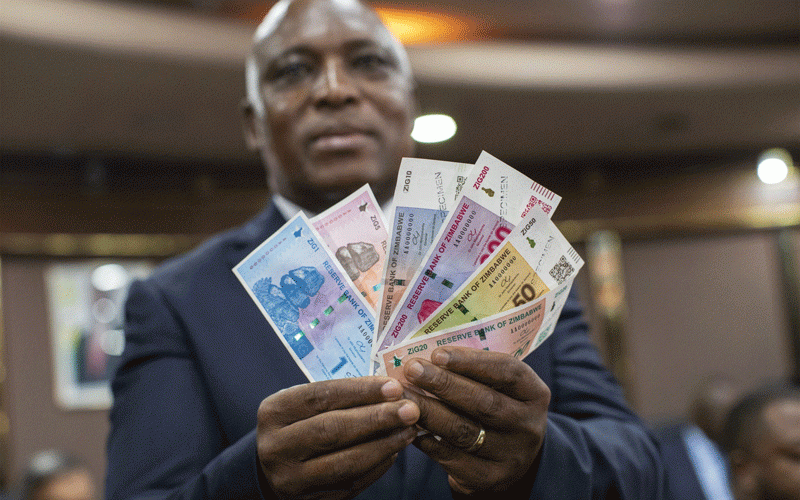
FOR the umpteenth time, the Reserve Bank of Zimbabwe (RBZ) was last week forced to reassure the market that there is enough Zimbabwe Gold (ZiG) in electronic and physical forms to meet the current and future demand for the local currency.
In a statement, RBZ governor John Mushayavanhu said the apex bank had noted the concerns of the transacting public relating to the availability of ZiG and its usage, particularly in areas outside Harare, since the introduction of the currency in April last year.
According to Mushayavanhu, the usage of ZiG has increased in the economy, with local currency settlements on the National Payment System up to ZiG56,8 billion (43%) as at May 30, 2025, from ZiG7,86 billion (26%) in April last year.
He said total deposits in the local currency in the economy amounted to ZiG16 billion, of which over ZiG207 million was cash held by banks, which “meets optimal requirements and is sufficient to support daily deposits and withdrawals by the public”.
The central bank said it was working with banking institutions to ensure the wider availability and distribution of ZiG through banking halls and automated teller machines (ATMs).
It said some banks had already made ZiG available through ATMs, while others were in the process of configuring their ATMs to disburse ZiG in due course.
For the past year, the transacting public has been clamouring for the ZiG. Some are still to get hold of it. And it appears the central bank, during that period, paid lip service to the concerns as it ticked imaginary boxes.
Why the bank rushed to launch the currency when it did not have adequate stocks in physical form remains a mystery.
- So, is it a currency?
- All eyes on new RBZ boss as dollar collapses
- Structured currency is foredoomed
- A defining moment for Mushayavanhu
Keep Reading
The central bank has in the past launched currencies, which the current administration should have learnt from.
When the transacting public struggles to get the currency, it resorts to options, which makes the ZiG a part-time currency.
The shortage of physical cash hinders the use of the currency, especially in the informal sector, where cash is king.
The central bank has been drip-feeding the ZiG into the market as part of measures to contain money supply growth. However, this appears counterproductive in an economy where one can switch to an alternative currency. This has accelerated re-dollarisation of the economy as the transacting public turns to the United States dollar.
While the central bank says the new currency has brought some stability, some members of the ZiG family are already out of circulation. That ZiG1, ZiG2 and ZiG5 did not last to celebrate their first anniversary is a cause for worry.
As the country prepares the ground for a mono-currency regime in the foreseeable future, work is cut out for the authorities.
There is no doubt that the mono-currency regime is the only way out, as it removes the distortions and the arbitrage “opportunities” enjoyed by the privileged few.
The economy, at some point, needs a domestic currency.
However, that entails tonnes of discipline and confidence in the currency.
We urge authorities to make ZiG convertibility easy, which builds confidence in the currency.
The country needs to come up with holistic measures that embraces the informal sector where the dollar rules the roost.






